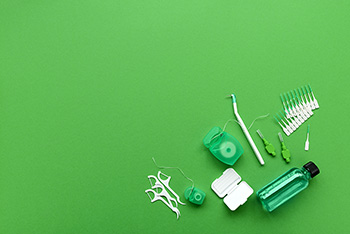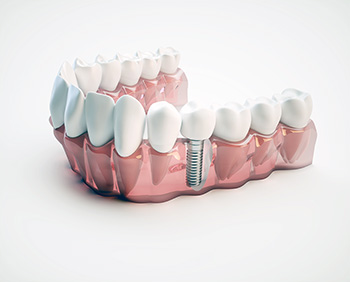Technological advancements over time have lead to a broader range of options when it comes to straightening teeth. Long gone are the days that it was train track braces or nothing. Invisalign is a form of orthodontics that utilizes a series of clear plastic aligners to straighten your teeth and adjust your bite gradually. Invisalign works by applying force through the tray on small attachments bonded to the front surfaces of your teeth. These attachments help provide slow and effective movement. Based on your individual treatment plan, attachments are made from tooth-coloured resin bonded onto specific locations of your teeth.
The cost and the length of treatment depend significantly on the proposed treatment plan and the amount of movement that must be made. During your consultation appointment, all the important information will be discussed, as well as all of your questions answered.
So, How is Invisalign Made?
After your consultation, you will visit your dentist/orthodontist to have your teeth and jaw impressions. A detailed, custom, digital treatment plan will be created, and a series of Invisalign trays will be fabricated at the Invisalign lab. The number of trays in your treatment plan will be based on how much movement must occur. After receiving your initial trays, you will see your dentist/ orthodontist every 4-6 weeks to receive the next tray and to assess results. You will also be instructed on how frequently to change your trays.
What to Know Before Beginning Invisalign Treatment
- Invisalign trays are made of a unique material created for Invisalign to help with movement
- Invisalign is a great option in most cases, even if you’ve already gone through braces before
- It is vital to wear your trays at least 20-22 hours per day to achieve the best results in the quickest time
- Clean your Invisalign trays with a separate toothbrush and warm water at least once a day
- Never use hot water on your Invisalign trays, as this can warp the material
- It is essential to maintain excellent oral hygiene through the course of Invisalign treatment
- Ensure that you brush and floss before putting Invisalign trays back in
- Use fluoride toothpaste to help prevent cavities during the course of Invisalign treatment
It is essential to discuss what outcome you hope to achieve with your dentist before starting your Invisalign treatment. During your consult, cost, length of treatment, and outcomes will be discussed. If you are interested in learning more about Invisalign treatment, we encourage you to contact us today to schedule an appointment.









